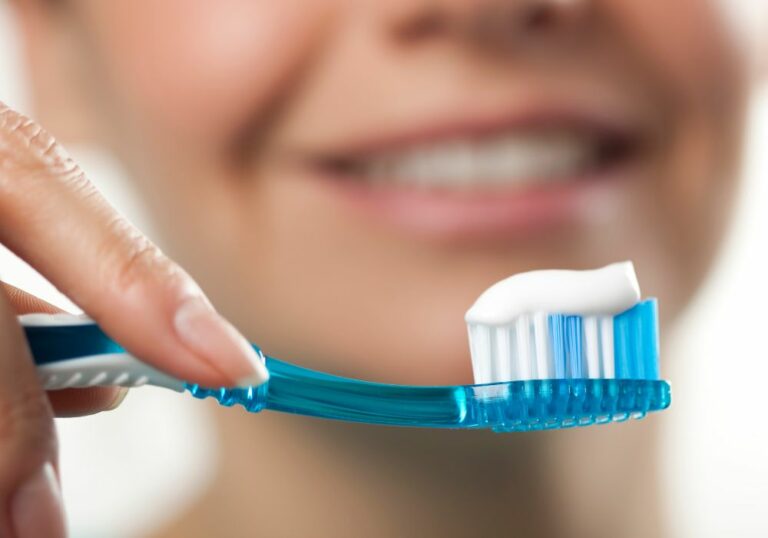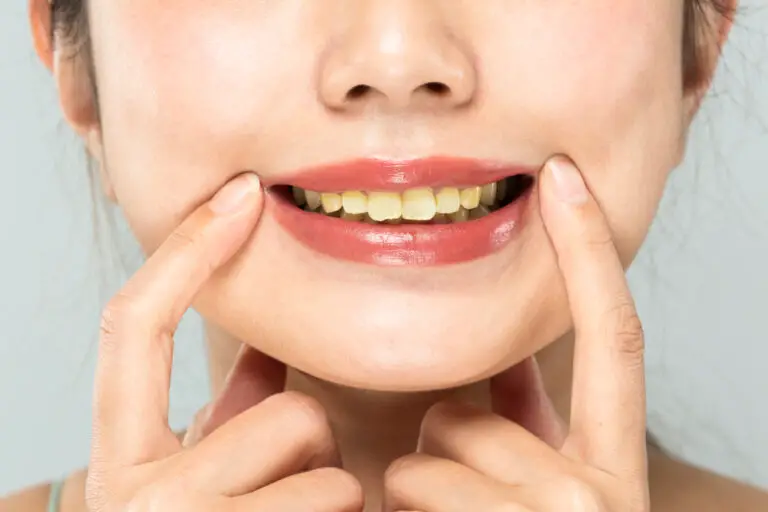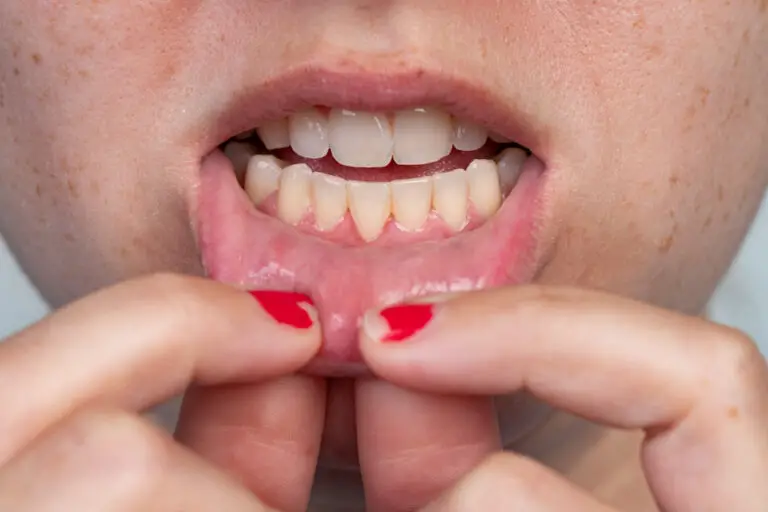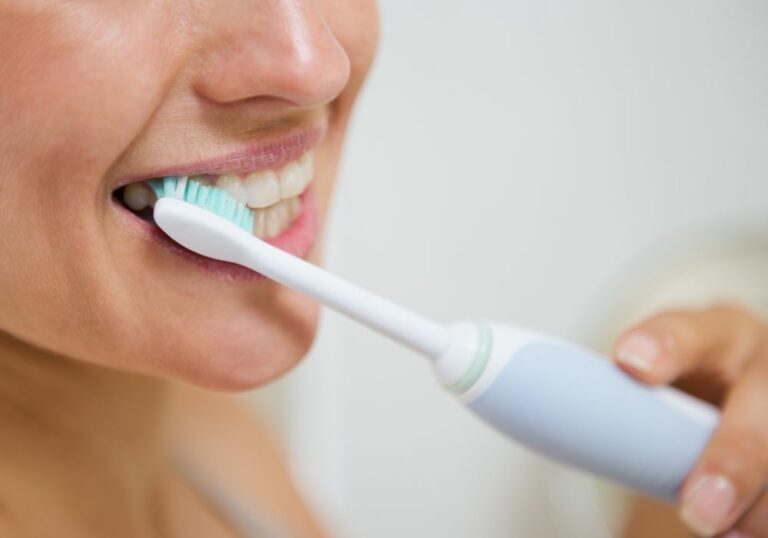If you’ve ever had a toothache, you know how painful it can be. Fortunately, modern dentistry has come a long way since the days when tooth extraction was the only option for treating dental problems. But when did dentists start pulling teeth? The answer to that question is a bit more complicated than you might think.
Historically, tooth extraction was performed by a variety of people, including barbers and monks. In fact, from about 500 A.D. to 1100 A.D., monks were well-educated and well-trained and performed some of the surgical procedures of the time. Barbers handled the rest of the operations, especially bloodletting and tooth extractions. However, in 1163, the Pope put a stop to all surgeries by monks, and the field was left open to the barbers. This led to a situation where barbers were often the only people available to perform dental extractions, which were often done without anesthesia and with primitive tools.
Over time, dentistry became recognized as a distinct profession, and dentists began to specialize in the treatment of dental problems. However, even in the early days of modern dentistry, tooth extraction was still a common treatment for many dental problems. Today, tooth extraction is still sometimes necessary, but it is usually a last resort after other treatments have been tried.
Early Dentistry and Tooth Extraction
Dentistry has been around for thousands of years, and tooth extraction has been a part of it since the beginning. Here are some examples of early dentistry and tooth extraction practices.
Stone Age Dentistry
In the Stone Age, people used sharpened rocks and sticks to remove teeth that were causing pain. There was no anesthesia available, so the procedure was likely very painful. It’s also possible that people would use a string to tie around the tooth and then pull it out.
Ancient Civilizations
Ancient civilizations like the Egyptians, Greeks, and Romans also practiced dentistry. In ancient Egypt, people would use a mixture of honey and crushed eggshells to clean their teeth. The Greeks and Romans had specialized tooth pullers who would use forceps to extract teeth. They also used dental crowns made of gold and silver to replace missing teeth.
Overall, tooth extraction has been a part of dentistry since the beginning. While the methods and tools have changed over time, the goal has always been the same: to relieve pain and improve oral health.
Middle Ages and Tooth Extraction
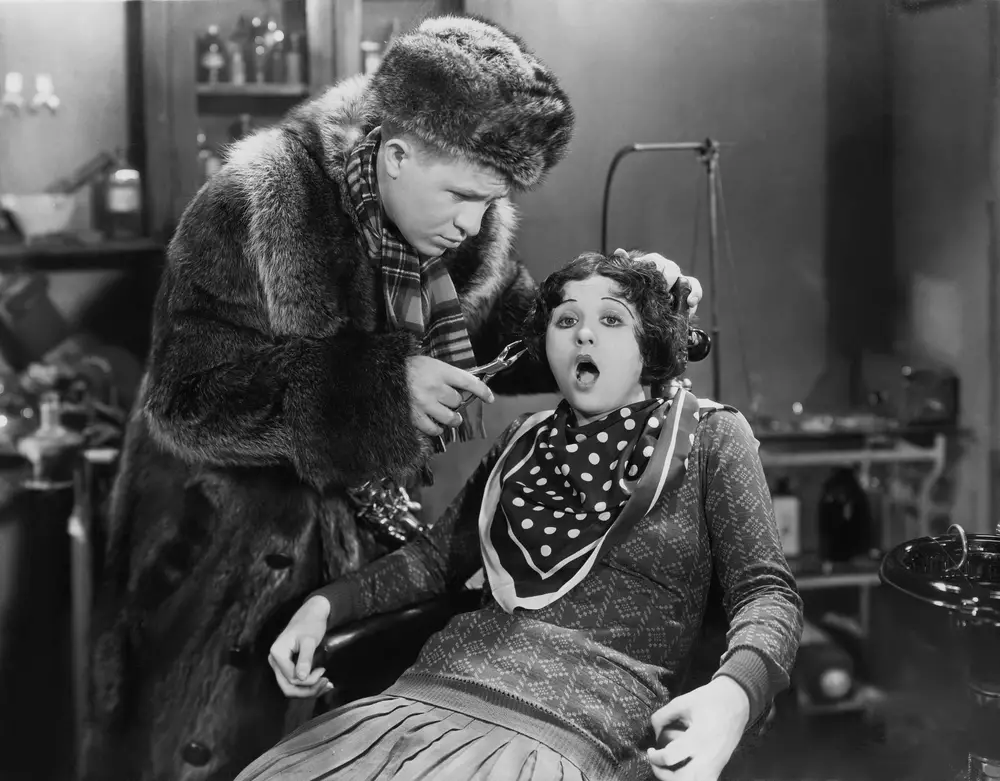
During the Middle Ages, tooth extraction was the go-to treatment for toothaches. Although some minor advancements were made, the process was still brutal and painful. Dentists in the Middle Ages were not as skilled as modern-day dentists, and they did not have the tools and equipment to perform complex procedures.
Tooth extraction was often performed by barbers or blacksmiths, who used a variety of tools such as pliers, forceps, and even their bare hands to extract teeth. The procedure was often done without any anesthesia, which made it extremely painful for the patient.
In addition to toothaches, tooth extraction was also used to treat other dental problems such as gum disease and tooth decay. However, the lack of proper knowledge and tools often led to complications, which could be fatal. In some cases, the extraction of a single tooth could lead to infection, which could spread to other parts of the body and cause serious health problems.
Despite the risks, tooth extraction remained the most common dental procedure during the Middle Ages. It was not until the 18th century that dentistry began to evolve into a more modern practice, with the introduction of new tools and techniques that made dental procedures safer and more effective.
Renaissance Period: A Shift in Dental Practices
During the Renaissance period, which lasted from the 14th to the 17th century, significant advancements were made in the field of dentistry. Dentists during this time were not only concerned with extracting teeth but also focused on restoring and preserving them.
One of the most significant advancements in dental practices during the Renaissance period was the development of prosthetics. Dentists began to create artificial teeth made of ivory or bone to replace missing teeth. These prosthetics were often held in place with gold wires or silk threads.
Additionally, dentists during this time began to experiment with different materials for fillings. They used a combination of lead, tin, and mercury to create a durable filling material that could withstand the pressure of chewing.
The Renaissance period also saw the emergence of dental textbooks and the establishment of dental schools. The first dental school was established in France in 1820, and soon after, dental schools were established in the United States and other countries.
Overall, the Renaissance period marked a significant shift in dental practices, with dentists focusing on restoring and preserving teeth rather than just extracting them. The development of prosthetics and the use of durable filling materials were crucial in advancing the field of dentistry and improving dental health outcomes.
Modern Dentistry and Tooth Extraction

As dentistry evolved, tooth extraction became a more sophisticated and less painful procedure. In this section, we’ll explore how modern dentistry has improved tooth extraction over time.
The Advent of Anesthesia
One of the most significant advancements in modern dentistry is the advent of anesthesia. Prior to the 19th century, tooth extraction was a painful and traumatic experience. Patients would often have to be restrained during the procedure, and many would suffer from shock or even die from the pain.
In 1844, the first successful use of ether as an anesthetic was performed by Dr. Horace Wells. This discovery revolutionized dentistry and allowed for pain-free tooth extraction. Today, local anesthesia is commonly used to numb the area around the tooth being extracted, making the procedure much more comfortable for the patient.
The Rise of Dental Surgery
With the advent of anesthesia, dental surgery became a viable option for more complex tooth extractions. In the early 20th century, dental surgery became a recognized specialty, and dentists began to receive specialized training in surgical procedures.
Today, dental surgery is used to extract impacted wisdom teeth, remove damaged or decayed teeth, and perform other complex procedures. With the help of modern technology and techniques, dental surgery has become a safe and effective way to improve oral health.
In conclusion, modern dentistry has made tooth extraction a more comfortable and less traumatic experience. With the advent of anesthesia and the rise of dental surgery, patients can now have their teeth extracted with minimal pain and discomfort.
Frequently Asked Questions
Who is considered the ‘father of modern dentistry’?
The ‘father of modern dentistry’ is Pierre Fauchard, a French surgeon who is known for his book “Le Chirurgien Dentiste” (The Surgeon Dentist), published in 1728. Fauchard is credited with establishing dentistry as a profession and for his contributions to the field of dental science.
When did they start pulling teeth?
Tooth extraction is one of the oldest forms of dental treatment. Historically, people would go to barbers or blacksmiths to have teeth pulled. However, the first recorded evidence of a specialized dentist performing tooth extractions dates back to the 14th century in France.
How did people pull teeth before dentists?
Before dentists, people would often turn to barbers or blacksmiths to have their teeth pulled. These individuals would use a variety of tools, including pliers, forceps, and even their bare hands.
Why do dentists no longer pull teeth?
While tooth extraction is still a common dental procedure, dentists now focus on preserving natural teeth whenever possible. This is because removing a tooth can lead to a number of complications, including shifting teeth, bite problems, and bone loss.
Tooth extraction cost
The cost of a tooth extraction can vary depending on a number of factors, including the complexity of the procedure, the location of the tooth, and whether or not sedation is required. On average, a simple tooth extraction can cost between $75 and $200, while a more complex extraction can cost up to $600 or more.
Things to avoid after tooth extraction
After a tooth extraction, it is important to avoid smoking, drinking through a straw, and consuming hot or spicy foods for at least 24 hours. It is also important to avoid brushing the extraction site for the first day or two, and to rinse your mouth gently with salt water to promote healing.

